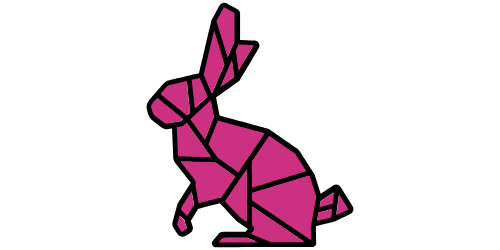
They’ll Stream Netflix for Hours—But Condemn AI in Seconds. Why?
Decoding Teenagers' AI Energy Anxiety: From Objection to Co-Creation
I’ve been struck lately by a pattern: teenagers I’ve chatted with—from Pittsburgh to quiet suburbs in Europe—uniformly point to AI’s energy consumption as their chief objection.
Even without knowing each other, they echo the same sound bites: “It uses too much power,” “It’s killing the planet.” And when I nudge back—“Hey, streaming Netflix burns almost as much energy per hour!”—they swiftly dismiss it: “Well, I like Netflix, so that’s fine.”
What’s going on here isn’t just math. It’s a tangle of moral framing, identity signaling, and emotion-driven shortcuts.
1. Climate Anxiety as Moral Certainty
These young people grew up on alarmist headlines: “AI training guzzles as much power as 5,000 homes!” The visceral image of data centers spewing carbon becomes a moral red flag. Once you tag something as “planet-killing,” it hardens into an identity marker. You aren’t just against AI—you’re morally opposed to it. And that moral tag resists reframing.
Creating a Shared Vision: Acknowledge their alarm. “You’re right to worry about energy”—that honesty paves the way to deeper dialogue.
2. The Affect Heuristic in Action
Emotion drives judgment far more than numbers do. A flash statistic—“AI = 100 megawatt-hours!”—registers as “That’s huge = bad.” But translating Netflix’s footprint into that same unit feels like a trick, a way to dilute the outrage. Teens aren’t rejecting the math; they’re rejecting the emotional reframing.
The affect heuristic is a mental shortcut where people make decisions based on their immediate emotional reactions (affect) rather than a thorough evaluation of the situation. Essentially, feelings of "good" or "bad" can override rational analysis when making choices.
Creating a Shared Vision: Ground comparisons in everyday terms: “Watching one high-def episode emits X grams of CO₂—about the same as asking ChatGPT five questions.” No abstracts, just apples-to-apples.
3. Identity Signaling & Moral Licensing
Refusing AI isn’t merely a tech stance; it’s a statement: “I’m a protector of the planet, skeptical of Big Tech.” When we point out Netflix, it feels like an attack on their integrity—so they cling to “I deserve a movie night,” a classic moral license. They’re not being hypocrites; they’re defending an identity.
Creating a Shared Vision: Shift the narrative from “You’re inconsistent” to “Let’s discover consistency together.” Invite them to co-author the criteria for ethical tech use.
4. Zero-Sum Energy Thinking
In their mental model, every kilowatt-hour taken by AI is one less for the planet. They haven’t seen the grid’s evolution: renewables, smarter load-balancing, AI-driven efficiency. To them, energy is a fixed pie.
Creating a Shared Vision: Paint the bigger picture: how AI helps optimize wind-farm performance, predicts solar output, or designs greener cities. Show that AI’s energy can be recycled into savings elsewhere.
5. From Reaction to Co-creation
Can these types of conversations turn skepticism and morph it into curiosity?
AI isn’t just an energy problem; it’s a climate solution in disguise. How might AI cut its own carbon footprint? What would a data center look like if it ran 100% on renewables, dynamically turning servers on only when needed?
Imagine an AI that learns to throttle itself when the sun sets and wind slows.
Toward a Shared Vision
Ultimately, these teenagers aren’t villains in the story—they’re our compass, reminding us where the moral hotspots lie. And while their first instinct is to draw a line in the sand, they’re also driven by idealism and a hunger to make a difference.
By meeting their concerns with respect, translating tech in human terms, and inviting them to design the solutions, we transform debates into co-creation sessions. They’ll still care about energy—because they should—but they might also begin to see AI not as an enemy but as a powerful ally in the fight for our planet.
After all, the smartest way to create abundance is abundance itself: abundance of ideas, abundance of solutions, abundance of energy—when it’s clean, smart, and shared.




